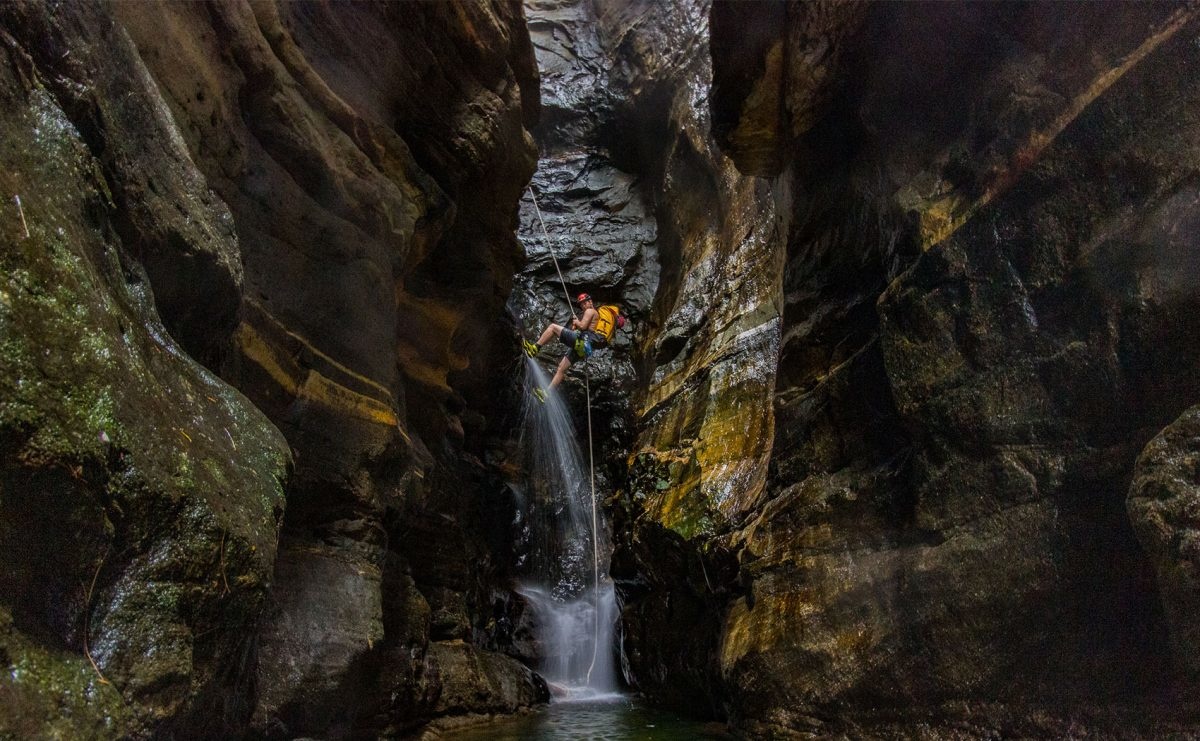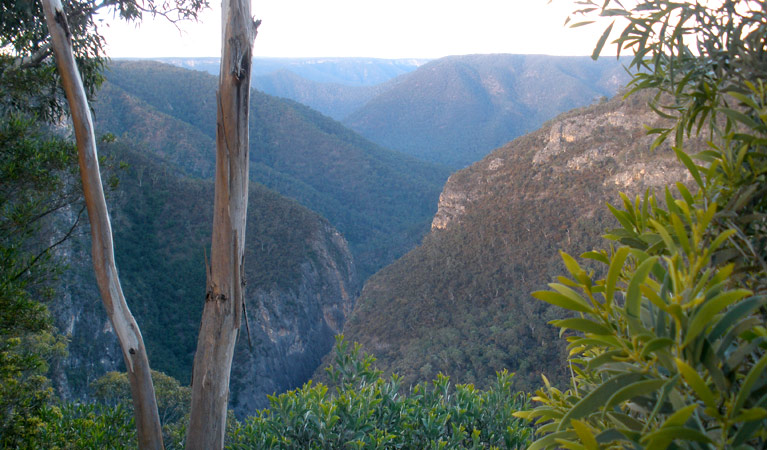Slot Canyon Nsw
20201011 Trestles Track to Spring Creek Canyon, Bungonia NP, NSW 20201010 Knapsack Viaduct Bridge via Elizabeth Lookout, Glenbrook, Blue Mountains NP, NSW 20201004 Bungonia Slot Canyon Red Track, Bungonia NP, NSW. A slot canyon is significantly deeper than it is wide. Some slot canyons can measure less than 1 metre across at the top but drop more than 30 metres to the floor of the canyon. In Australia most slot canyons are formed in sandstone and in the Blue Mountains the canyons are full of rainforest plant species.
The largest known area of slot canyons in Australia is in the Blue MountainsJust a few hours’ drive west of Sydney, Australia’s rugged Blue Mountain region is home to hundreds of canyons – deep fissures created by the erosive effects of water rushing through sandstone. The Blue Mountain region is a an ancient sedimentary plateau deeply incised by river erosion and densely carpeted in eucalyptus. They occur in a narrow band of sandstone that runs roughly 30 km (19 mi) from east to west, and about 100 km (62 mi) from south to north. The majority of these canyons are in the Wollemi Wilderness, and are difficult to access
Canyons are like grooves formed in the Earth from water erosion. The most famous of the world's canyons is the Grand Canyon in Arizona. This is an example of a slot canyon after millions of years of being worn down by the Colorado River. The Grand Canyon is not the only awe-inspiring canyon on Earth. The Colca Canyon in Peru is twice as deep as the Grand Canyon though less steep. Antelope Canyon in Arizona is the most photographed sandstone canyon in the world.Bound by cliffs and cut by erosion, canyons are deep, narrow valleys in the Earth's crust that evoke superlatives and a sense of wonder. Layers of rock outline stories of regional geology like the table of contents to a scientific text.

The landforms commonly break parched terrain where rivers are the major force to sculpt the land. They are also found on ocean floors where the torrents of currents dig underwater graves. When glaciers co-opted the former river beds, they widened and smoothed out most of our canyons, leaving wide u-shaped valleys. With the retreat of the ice, the rivers had to begin anew. Essentially, the larger the difference in height between the river and its its outlet, the more energy the river will expend in the process of erosion. Much of this energy will be expended towards increasing the efficiency of the drainage system, and facilitating a speedy drop in elevation.
The Canyons of the Blue Mountains in NSW are :________________________________________________________________________________________'Grand' is the word used to describe one of the most famous canyons of all. Cut by the Colorado River over the last few million years, the Grand Canyon is 277 miles (446 kilometers) long, more than 5,000 feet (1,500 meters) deep, but only 18 miles (29 kilometers) across at its widest yawn.
Layers of rock in the Grand Canyon tell much about the Colorado Plateau's formative years: a mountain range built with two-billion-year-old rock and then eroded away; sediments deposited from an ancient sea; more mountains; more erosion; another sea; a burst of volcanic activity; and the birth of a river that has since carved the chasm by washing the layers away.
Each layer erodes differently. Some crumble into slopes, others sheer cliffs. They stack together like a drunken staircase that leads to the river's edge. A mixture of minerals gives each layer a distinctive hue of yellow, green, or red.
Canyon Types

Box Canyons


Other canyons start where a spring sprouts from the base of a cliff as if out of nowhere. Such cliffs are composed of permeable, or porous, rock. Instead of flowing off the cliff, water seeps down into the rock until it hits an impermeable layer beneath and is forced to leak sideways. Where the water emerges, the cliff wall is weakened and eventually collapses. A box canyon forms as sections of wall collapse further and further back into the land. The heads of these canyons are marked by cliffs on at least three sides.
Box Canyon
Box canyons form when water emerges from a rock face. When the water meets an impermeable layer of stone it seeps into the surrounding permeable layers until it saturates the area. This saturation weakens the stone and it collapses, breaking away in layers. This forms a wide, three-sided canyon. Box Canyon in Florence, Arizona, is a prime example of where the water eroded the soft volcanic bedrock to form this type of geologic feature.Slot Canyons

Slot canyons are narrow corridors sliced into eroding plateaus by periodic bursts of rushing water. Some measure less than a few feet across but drop several hundred feet to the floor.
Slot Canyon
Slot Canyon Nsw Golf
A slot canyon is formed by rushing water. This occurs mainly on mountains where there is a steep landscape causing water to flow rapidly. The rushing water cuts down into the rock wearing a deep, narrow trench characterized by a 'V' shape. Zion National Park in Utah features a breathtaking display of what this type of erosion can do. A hairline fracture in a piece of stone after a few thousand years of flowing water breaking it open.